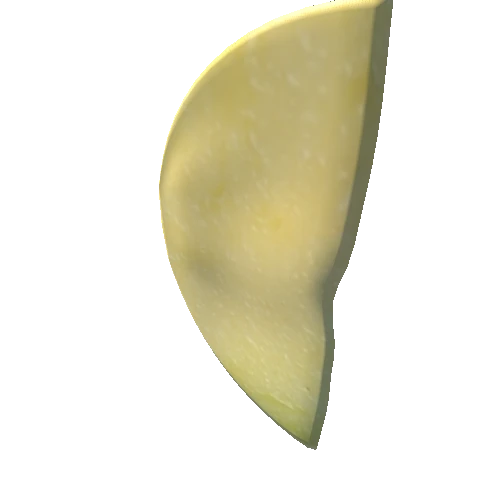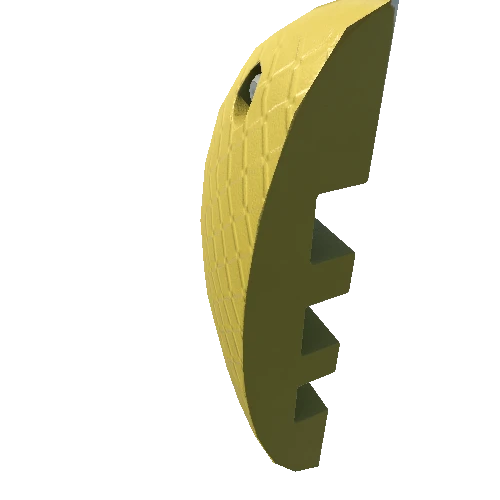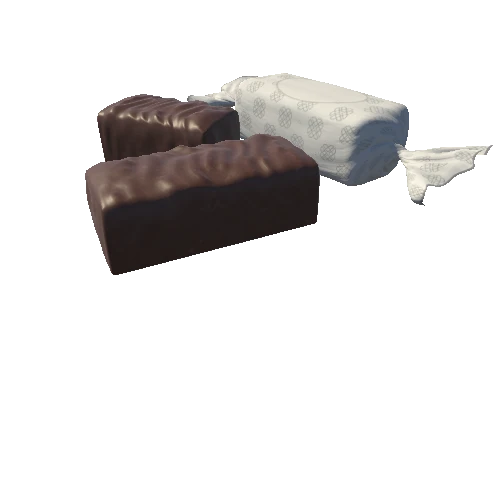Select or drop a image or 3D model here to search.
We support JPG, JPEG, PNG, GIF, WEBP, GLB, OBJ, STL, FBX. More formats will be added in the future.
Asset Overview
Habitat troglodytique de la Roche-Guyon (Val-d'Oise), sans doute antérieur au XVIIIe s.
Au XVIIIe s. la duchesse d'Enville aménage le parc pour réaliser une grande promenade et un jardin à l'anglaise.
Certaines des grottes du jardin antérieures aux aménagements servaient d'habitat, d'entrepôts ou d'étables. S'il est particulièrement difficile de dater une structure troglodyte, on sait de sources archéologiques que certains auraient abrités des Hommes depuis la Préhistoire.
Troglodytic habitat in the chalky cliff of La Roche-Guyon (France), probably dating before the 18th century.
During the XVIIIth century, the Duchess d'Enville decided to landscape part of the park around the castle as an english garden.
Some of the grottos in the garden, dug prior to the landscaping, were used as houses, storage, or stables by the inhabitants of the village. Although it is very difficult to date troglodytic structures, archaeological finds show that some on the property may have been constructed during prehistoric times.





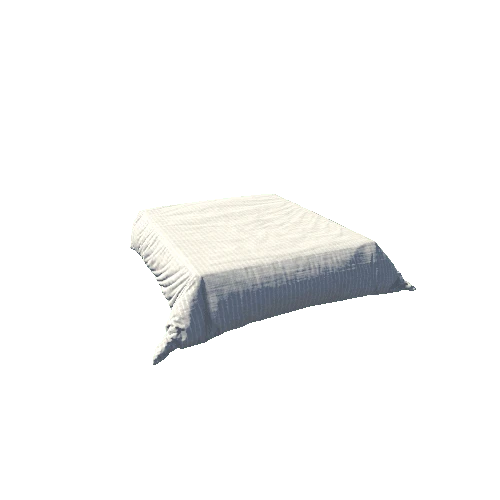



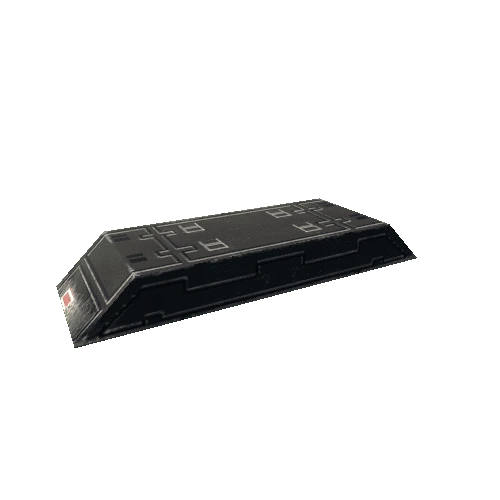

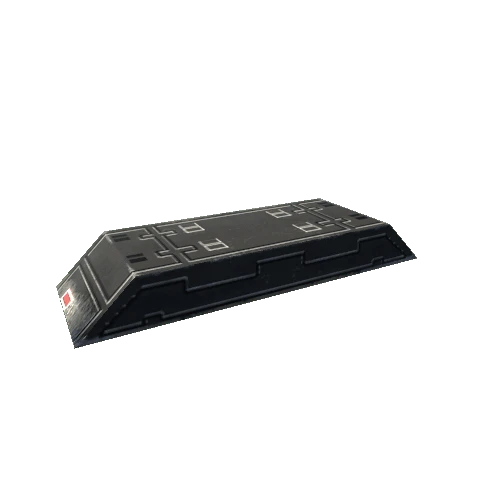
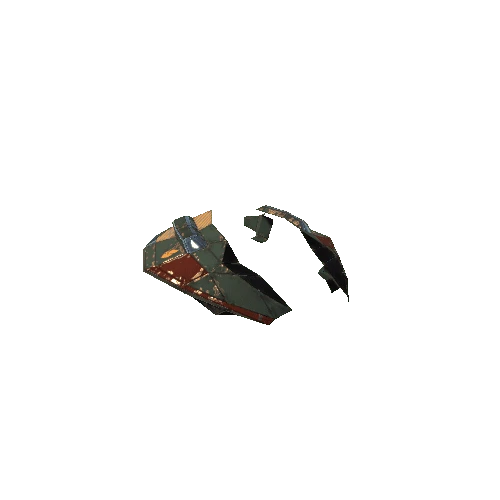


/Screenshots/uploads_files_2379276_SM_SpeedBump_01_Y_C (3)_110.webp)
